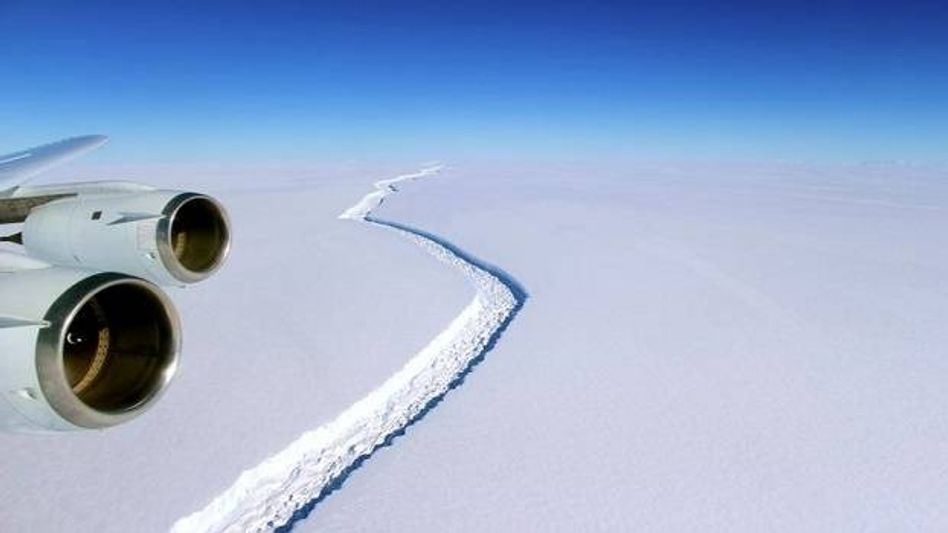Iceberg 4 times size of Delhi breaks away in Antarctica
A massive iceberg, four times the size of New Delhi, has broken away from the Brunt Ice Shelf in Antarctica. This event, captured by satellite imagery, marks the third significant ice loss from this region in four years.

- Massive iceberg A-83, four times the size of New Delhi, breaks away from Brunt Ice Shelf
- Event marks third significant ice loss in four years, monitored by satellite imagery
- Increasing frequency of calving events raises concerns about climate change impacts on Antarctic ice shelves
A massive iceberg approximately four times the size of New Delhi has broken away from the Brunt Ice Shelf in Antarctica. The calving event, captured in satellite imagery on May 20, resulted in the formation of a 380-square-kilometer iceberg designated A-83, marking the third significant ice loss from this region in just four years.
The separation of A-83 was attributed to a prolonged weakening of the ice at the McDonald Ice Rumples and the eastward extension of a large crack known as the "Halloween Crack." This region had previously produced iceberg A-74 in 2021, followed by the even larger A-81 in 2023.
Radar images from the Copernicus Sentinel-1 satellite provided clear visuals of the triangular A-83 iceberg detached on May 22. Additionally, thermal data from Landsat 8 helped characterize the iceberg's thickness, with warmer areas indicating thinner ice closer to open water temperatures.
Glaciologist Jane Smith of the British Antarctic Survey (BAS) explained, "The temperature differences between water and ice help identify precisely where the calving line is." This detailed monitoring allows scientists to track the behavior of ice shelves and understand how they respond to changing environmental conditions.
While calving is a natural process, the increasing frequency of such events raises concerns about the impacts of climate change on Antarctic ice shelves. The routine satellite monitoring provides unprecedented insights into these remote events and their implications for the stability of polar ice.
Copyright©2025 Living Media India Limited. For reprint rights: Syndications Today









